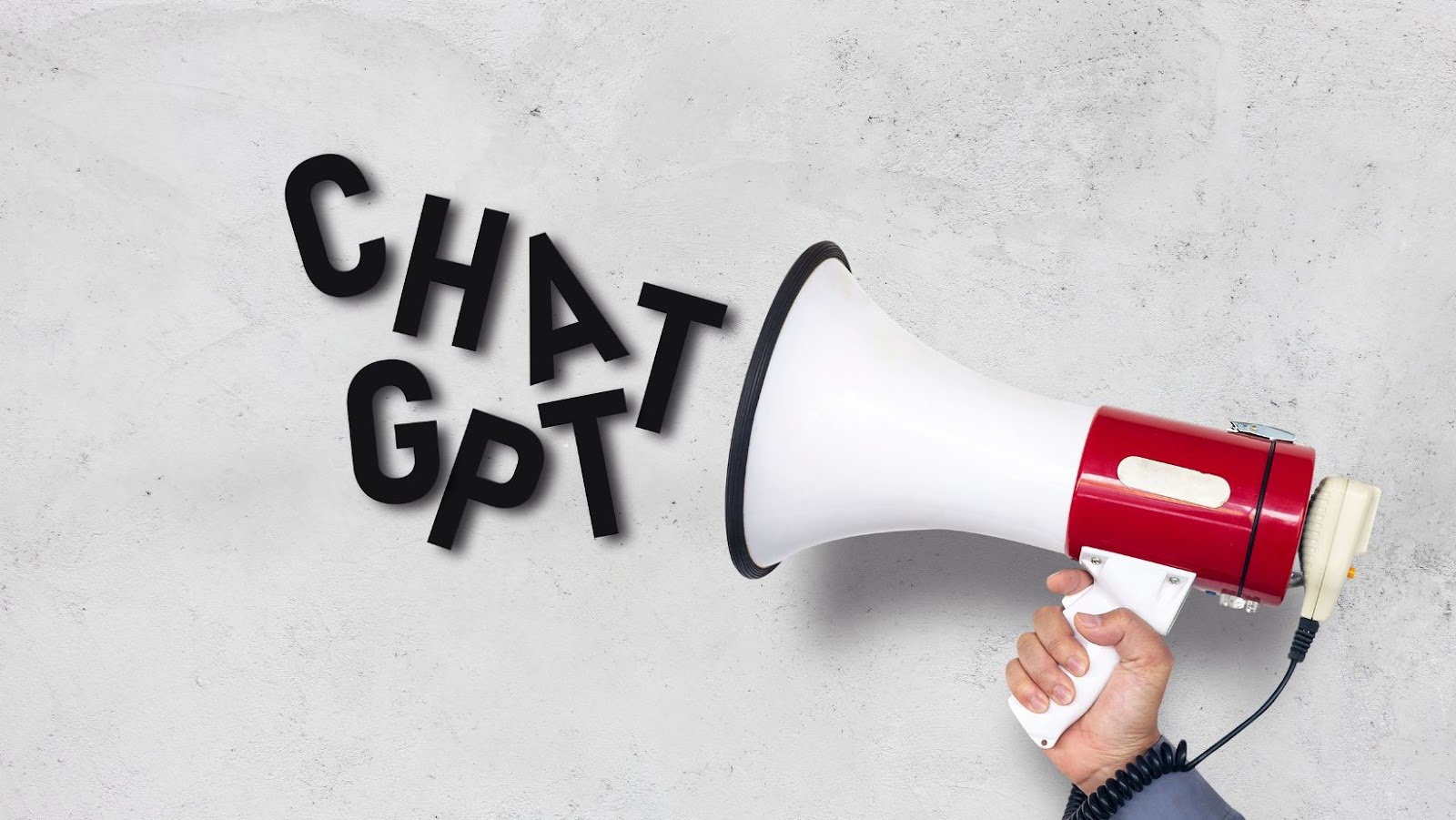GPT-3 is the latest iteration of OpenAI’s GPT series, and it outperforms GPT-2 in several key areas.
Here are the main differences between GPT-2 and GPT-3:
1. Size: GPT-3 has 175 billion parameters, while GPT-2 has only 1.5 billion parameters.
2. Performance: GPT-3 is significantly better than GPT-2 in natural language processing and can complete a wide range of tasks without additional training or fine-tuning.
3. Training data: GPT-3 was trained on a larger and more diverse dataset than GPT-2, which allows it to understand and generate more complex and nuanced responses.
Despite these differences, GPT-2 remains a useful tool for natural language processing, and both models have their specific use cases.
GPT 2 vs GPT 3
GPT-2 and GPT-3 are two of the most popular language models used in Natural Language Processing (NLP). GPT-2 is an open-source autoregressive language model created by OpenAI, while GPT-3 is the more advanced version of GPT-2.
Both of these models have been used for a wide range of applications, from generating text to understanding natural language. In this article, we’ll take a look at the differences between the two models, and discuss how they can be used in NLP.
Brief history and background of GPT models
The Generative Pre-trained Transformer (GPT) models are a series of large-scale neural network language models designed by OpenAI for natural language processing (NLP) tasks. GPT models leverage unsupervised learning techniques to generate coherent and fluent human-like language.
GPT-2, released in 2019, was the second and most famous model in the series. With 1.5 billion parameters, GPT-2 broke new ground for natural language processing by demonstrating the ability to generate human-like text that is difficult to distinguish from text written by humans. However, it was criticized for its potential misuse and risk of generating fake or harmful content.
GPT-3, released in 2020, took this one step further with 175 billion parameters, making it the largest language model in the world. It is capable of generating text that is almost indistinguishable from human-written text, has the ability to translate languages, and performs a variety of other complex NLP tasks. The main differentiating factor between GPT-2 and GPT-3 is the size and computational power of the models, which greatly impacts their performance and capabilities.
Overview of the purpose and functionality of GPT models
GPT models, or Generative Pre-trained Transformer models, are a type of language processing algorithm that can automatically generate human-like text. These models use deep learning to understand the patterns and context in text and can generate new content based on that.
GPT-2 and GPT-3 are two of the most popular GPT models, with GPT-3 being the latest and most advanced model to date. The major difference between GPT-2 and GPT-3 is their size, as GPT-3 is significantly larger and more complex than GPT-2, allowing it to generate more realistic and diverse text.
These models are used in a variety of applications, from chatbots and language translation to content creation and automated writing. They have the potential to revolutionize the way we interact with and process language, making communication faster and more efficient.
Differences between GPT-2 and GPT-3
GPT-2 and GPT-3 are both Natural Language Processing (NLP) models developed by OpenAI. While they share similarities, there are key differences between the two models.
Here are the main differences between GPT-2 and GPT-3:
Training Data: GPT-2 was trained on a dataset of 40GB of text data, while GPT-3 was trained on a massive dataset of 570GB of text data.
Model Size: GPT-3 is a much larger model than GPT-2, with 175 billion parameters, while GPT-2 has only 1.5 billion parameters.
Performance: Due to its size, GPT-3 performs better than GPT-2 on a variety of NLP tasks, including language translation, question answering, and text completion.
Use cases: GPT-2 is suitable for tasks such as text generation, summarization and answering simple questions. In contrast, GPT-3 can handle more complex tasks such as language translation, natural language question answering and dialogue systems.
Understanding these differences is crucial in determining which model to use for specific NLP tasks, depending on the size of data and complexity of the task.
Specifications of GPT-2 and GPT-3
GPT2 and GPT3 are natural language processing models developed by OpenAI. GPT2 is the predecessor of GPT3 and was the state-of-the-art natural language processing model before GPT3 was released.
This article will look at the similarities and differences between GPT2 and GPT3 so that you can understand the two models better.
Differences in the number of parameters
GPT-2 and GPT-3 are both AI language models developed by OpenAI, but they differ in their number of parameters.
GPT-2 has 1.5 billion parameters, which means it was trained on a large dataset and can generate relatively coherent and realistic text. It can understand and follow instructions, complete sentences, and even create its own text. This model is widely used for natural language processing tasks, such as language translation, content generation, and sentiment analysis.
In comparison, GPT-3 has a staggering 175 billion parameters, making it 10 times larger than GPT-2. This model has gone beyond generating coherent text to creating human-like conversations and understanding complex contexts with a high degree of accuracy. It can also perform tasks such as question-answering, summarization, and language translation with ease.
The difference in the number of parameters implies that GPT-3 performs much better than GPT-2 in many aspects, including language understanding and generation, and solving complex natural language problems.
Differences in training data used
GPT-2 and GPT-3 differ in the training data used to develop their language models, which has a significant impact on their performance and capabilities.
GPT-2 is trained on a dataset of 40GB of text, with a mix of web pages, books, and articles. This model has 1.5 billion parameters and is capable of generating coherent and grammatically correct language, but with some limitations.
On the other hand, GPT-3 is trained on a much larger dataset of 570GB of text, which includes books, articles, and web pages, as well as multilingual text. This model has 175 billion parameters and is much more powerful than its predecessor, able to perform an array of language tasks, including language translation, summarization, and question answering, with accuracy and fluency.
The increased amount and diversity of training data appear to be the main factor in GPT-3’s superior performance and versatility compared to the GPT-2.
Differences in the size of the model
The main difference between GPT-2 and GPT-3 lies in their size and capabilities. While GPT-2 has 1.5 billion parameters, allowing it to generate coherent and fluent natural language text, GPT-3 is much larger, with 175 billion parameters, making it one of the largest language models in existence.
This increased size gives GPT-3 the ability to perform a broader range of language tasks with greater accuracy, including language translation, summarization, and question-answering. Additionally, GPT-3 can generate more human-like language, giving it the potential to be used in chatbots, customer service, and other conversational AI applications.
Despite its capabilities, GPT-3’s larger size makes it computationally intensive and expensive to operate, limiting its accessibility to larger organizations and businesses.
Performance Comparison of GPT-2 and GPT-3
GPT-2 and GPT-3 are two of the most powerful language models out there, but they have some distinct differences. GPT-2 was released in 2018 and GPT-3 came out in 2020. Both models have been trained on large datasets to generate realistic and coherent sentences, but GPT-3 received a major update and is more advanced than GPT-2.
In this article, we will take a look at how the two models compare in terms of their performance.
Comparison of accuracy and precision
Accuracy and precision are often used interchangeably but have distinct meanings when it comes to performance comparison of language AI models such as GPT-2 and GPT-3.
Accuracy refers to how close the model’s output is to the true value or answer. In language models, accuracy measures how well the model can predict the right word or phrase in a given context.
Precision, on the other hand, refers to how consistent the model’s output is over multiple runs.
In terms of performance comparison of GPT-2 and GPT-3, GPT-3 has a higher accuracy rate compared to GPT-2, meaning it can more accurately predict the next word or phrase in a given context. However, GPT-2 has higher precision, meaning its output is more consistent over multiple runs than GPT-3.
The choice between accuracy and precision largely depends on the intended application of the language AI model. For applications that require consistent output, precision is more important. For applications that require high accuracy, accuracy is the more important metric to consider.
Comparison of computational efficiency
GPT-2 and GPT-3, two of the most widely used natural language processing (NLP) models, differ in their performance and computational efficiency. GPT-2 is a smaller model than GPT-3 and has 1.5 billion parameters, while GPT-3 has a massive 175 billion parameters.
In terms of computational efficiency, GPT-2 is a much faster model that can be trained on a single graphics processing unit (GPU) while GPT-3 requires a large number of GPUs and specialized hardware to train.
However, GPT-3’s larger parameter size enables it to perform tasks that GPT-2 cannot do or may require additional training. Additionally, GPT-3 has a better text generation ability, and it can generate high-quality text with fewer mistakes than GPT-2.
In conclusion, both GPT-2 and GPT-3 have their unique strengths and weaknesses, and choosing between the two depends on specific use cases and project requirements.
Comparison of effectiveness in generating human-like text
Both GPT-2 and GPT-3 are advanced AI language generation models that can generate human-like text, but they differ in terms of performance and capabilities.
GPT-2 has 1.5 billion parameters and is capable of generating coherent and contextually relevant text. However, it sometimes produces repetitive or irrelevant responses, and it struggles with long-form content.
On the other hand, GPT-3 has 175 billion parameters, making it one of the most powerful AI models for natural language processing. GPT-3 performs exceptionally well in generating coherent and long-form text, and it can even perform basic text editing tasks. However, it also has limitations, such as occasional grammatical errors and biases in its output.
In conclusion, while both GPT-2 and GPT-3 are impressive AI language generation models, GPT-3 is significantly more powerful and versatile in terms of generating human-like text.
Applications of GPT-2 and GPT-3
GPT-2 and GPT-3 are two popular language models released by OpenAI. While GPT-2 is a transformer-based language model, GPT-3 is an auto-regressive language model that incorporates a transformer architecture. Both of these models are used for natural language processing tasks such as text generation and text classification.
In this article, we’ll explore the applications of GPT-2 and GPT-3.
Use cases of GPT-2
GPT-2 is a state-of-the-art natural language processing (NLP) algorithm that can be used for various applications across different domains. While GPT-3 is an upgraded version of GPT-2, the earlier model is still in use due to several reasons. Below are some of the use cases of GPT-2 and how it differs from GPT-3:
Text Generation: GPT-2 is often used to generate high-quality text, including articles, essays, stories, and poems. GPT-3 is better at text generation and is capable of generating highly coherent and natural-sounding text, even in complex writing styles.
Text Summarization: GPT-2 can summarize long pieces of text to create shorter versions without losing essential information. GPT-3 can summarize large volumes of text more precisely than GPT-2.
Chatbots and Customer Service: GPT-2 can be used to create chatbots for customer service that can handle basic queries and provide quick responses. GPT-3 is better at creating more intelligent chatbots that can engage in more complex conversations with users.
Language Translation: GPT-2 can be used to translate text from one language to another, although its accuracy is not as high as dedicated translation software. GPT-3 can perform translations much faster and with higher accuracy than GPT-2.
Although GPT-3 has some advantages over GPT-2, both models have their unique strengths and can be used for many applications depending on the requirements of the specific use case.
Pro Tip: When choosing between GPT-2 and GPT-3 for your NLP application, consider your specific requirements, including accuracy, processing speed, and the complexity of your data, to determine the best fit for your needs.
Potential value of GPT-3 in various industries
GPT-3 has the potential to revolutionize a variety of industries, thanks to its ability to analyze vast amounts of data and produce human-like responses.
Here are a few applications of GPT-3 in different industries:
Marketing: GPT-3 can be used to create personalized ad copy and automated customer service messaging.
Healthcare: GPT-3 can assist healthcare professionals in patient diagnosis and treatment plans by reviewing patient data and providing recommendations based on past cases.
Education: GPT-3 can aid in online education by creating interactive and personalized learning experiences for students.
Content creation: GPT-3 can create original and engaging content for blogs, news articles, and social media platforms, potentially saving time and money for content creators.
Pro Tip: It is important to consider the ethical implications before fully embracing AI language models like GPT-3. As with any technology, GPT-3 should be used ethically and with transparency to avoid potential consequences.
Forecasting future advancements in GPT models
The GPT models have revolutionized the world of natural language processing and artificial intelligence. The advancements in this field have been rapid, and it’s not difficult to predict that the future of GPT models is bright. Here are some possible future advancements:
1. Enhanced Multilinguality: The current GPT models have shown remarkable performance in understanding and processing different languages. In the future, these models might be expanded to include more languages and dialects, thereby improving their efficiency.
2. Improved Cognitive Capabilities: GPT models have already shown impressive cognitive capabilities such as reading comprehension and inference generation. In the future, these models might be enhanced to simulate human-like reasoning and decision-making.
3. Increased Memory: The current GPT models have a limited memory capacity that often leads to incomplete responses. Future advancements could enable these models to store vast amounts of data, allowing them to recall more information and provide more accurate responses.
When comparing GPT-2 and GPT-3, GPT-3 is much larger and can be used to complete more complex tasks such as translation, summarization, and even code generation.
Considerations when choosing between GPT-2 and GPT-3
GPT-2 and GPT-3 are both state-of-the-art open source language models based on deep learning. Both GPT-2 and GPT-3 have their own unique sets of strengths and weaknesses, but they can both be used to generate text, answer questions, and complete natural language processing tasks.
In this article, we will explore the major differences between GPT-2 and GPT-3, including their architectures, capabilities, and intended uses.
Cost and budget constraints
When choosing between GPT-2 and GPT-3, cost and budget constraints are important considerations to keep in mind.
Here’s a breakdown of the key differences in terms of cost:
GPT-2 is a free and open-source software model, but it requires significant hardware and computational resources to run effectively. Unless you have a powerful computer system or cloud computing resources, the cost of running GPT-2 can quickly add up over time.
GPT-3, on the other hand, is a subscription-based service that offers different price tiers based on usage. While it’s more expensive than GPT-2, GPT-3 is available on-demand and can be accessed from anywhere with an internet connection.
When choosing between GPT-2 and GPT-3, consider your budget and computing resources, as well as your intended use case and the specific features and capabilities you require.
Specific use case requirements
When choosing between GPT-2 and GPT-3, it’s crucial to determine your specific use case requirements to make the right decision. Here are some considerations to keep in mind:
1. Language model size: GPT-3 has a larger language model size than GPT-2, which means that it can handle more complex tasks and generate more diverse and accurate responses.
2. Cost: GPT-3 can be much more expensive than GPT-2 for large-scale projects, so cost considerations may be a significant factor in your decision.
3. Data complexity: If your task involves more complex data sets, GPT-3 may be a more suitable choice since it has a higher level of accuracy and can learn from a more extensive range of data sets.
4. Privacy concerns: Since GPT-3 is a relatively new technology, some users may be wary of privacy and ethical implications associated with its use.
Pro Tip: It’s important to evaluate your specific needs carefully when choosing between GPT-2 and GPT-3 to ensure that you make the right decision.
Availability of hardware and technical expertise
When it comes to choosing between GPT-2 and GPT-3, availability of hardware and technical expertise play a crucial role in making the right decision.
GPT-3 is a newer and more advanced version of GPT-2. While GPT-3 offers more capabilities and accurate output, it requires higher computational resources and access to expensive hardware for optimal performance. GPT-3 also requires advanced technical expertise and knowledge to use and manage.
On the other hand, GPT-2 is less resource-intensive and relatively easier to use and manage. GPT-2 is also available for free use and download, making it more accessible to individuals and businesses with limited resources and technical expertise.
Choosing between GPT-2 and GPT-3 ultimately depends on your project requirements, available resources, and technical expertise. Both models have their own pros and cons, and it’s essential to assess these considerations before making a choice.










